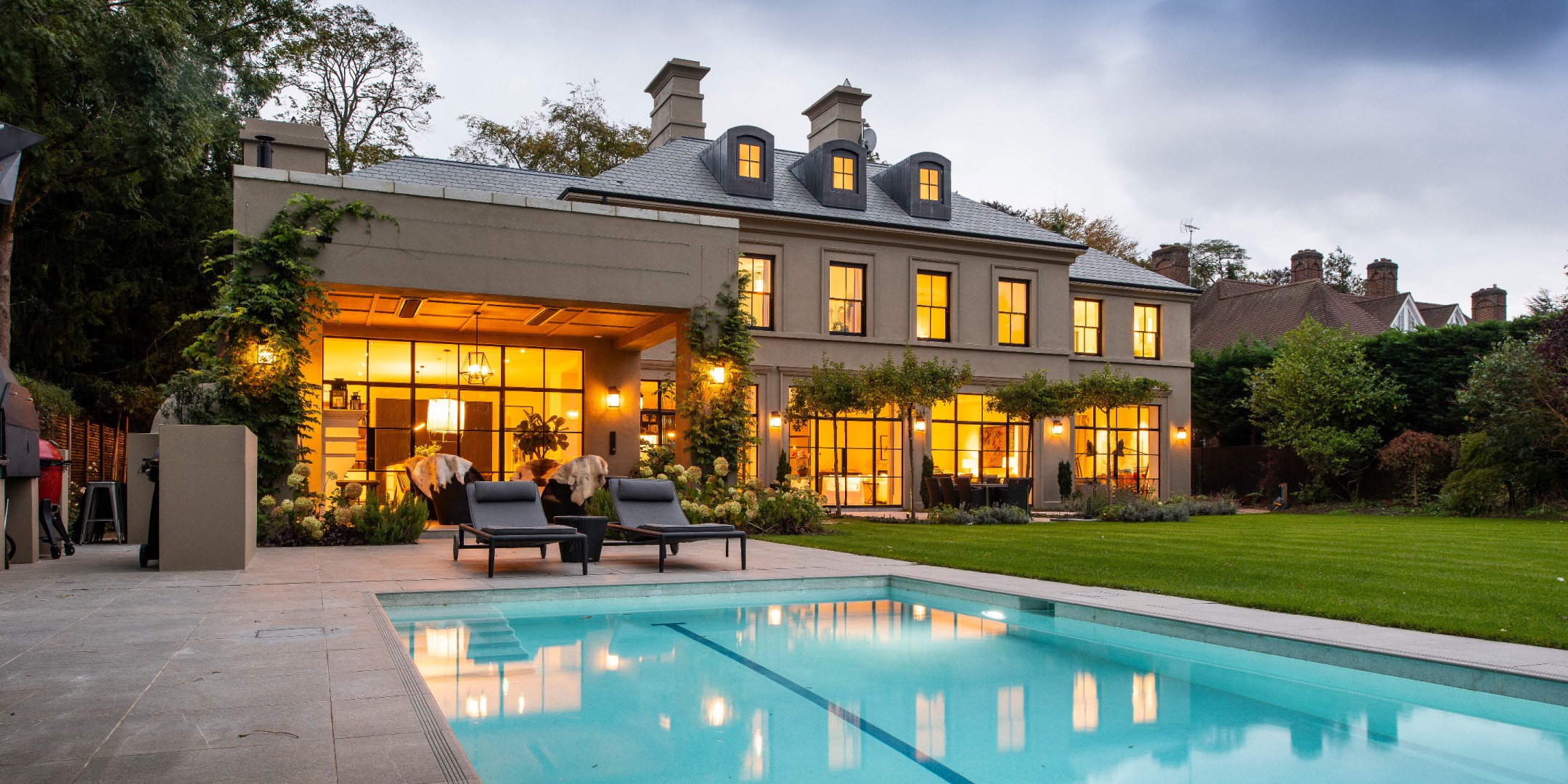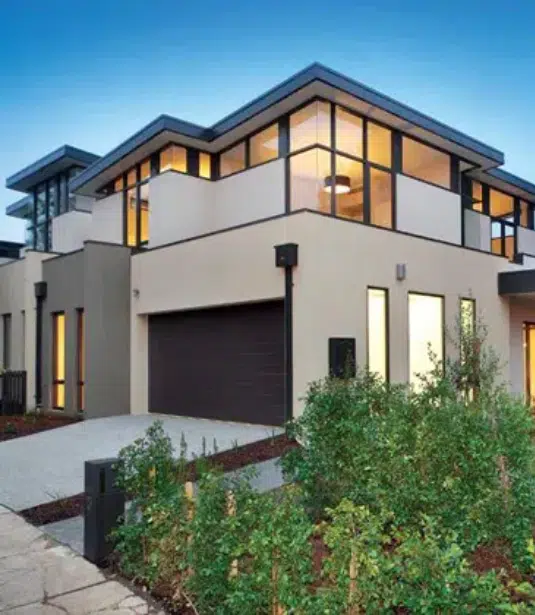Residential Architects: Creating Beautiful, Functional Spaces for Every Home
Residential Architects: Creating Beautiful, Functional Spaces for Every Home
Blog Article
Just How Residential Architects Produce Customized Houses for Every Way Of Living
The process by which residential designers design personalized homes is a nuanced interplay of recognizing client needs and equating those understandings into useful space. Via comprehensive appointments and making use of design devices, architects record the essence of their customers' lifestyles, making sure that each home reflects individual values and ambitions. This collaborative method expands beyond preliminary concepts, including sustainable methods and cutting-edge technologies to improve day-to-day living. As we explore the elaborate actions associated with this transformative process, a much deeper admiration for the architect's function fit unique atmospheres starts to arise.
Recognizing Customer Needs

Effective interaction is critical in this process. Engineers must urge clients to express their lifestyles, family members characteristics, and future goals, making certain that the style mirrors their unique identification. By using tools such as questionnaires, meetings, and aesthetic surveys, designers can collect valuable insights right into the customer's vision.
Furthermore, comprehending the context in which a home will certainly exist is important. Designers must consider elements such as the website features, local climate, and cultural impacts that can impact the style. This all natural approach permits the development of areas that are not just aesthetically pleasing however lasting and additionally functional.
Inevitably, a deep understanding of client needs enables designers to produce customized homes that improve the lifestyle for their owners, cultivating a feeling of belonging and convenience within their living settings.
Layout Process and Cooperation
The design process in domestic design is a dynamic interplay of imagination and partnership, where designers, clients, and different stakeholders work closely to bring a vision to life. This repetitive trip commonly starts with a collection of conferences to establish an extensive understanding of the client's aspirations, choices, and way of living needs. Throughout these discussions, architects gather important information, allowing them to conceive styles that align with the client's vision.
Following the initial consultations, the layout stage develops through illustrations, 3D designs, and architectural renderings. This aesthetic interaction serves as a device for engineers to present ideas, while additionally welcoming client responses, making sure that the final design reverberates with their assumptions. Reliable partnership with engineers, professionals, and interior developers is essential during this phase, as it guarantees that all functional facets of the project are flawlessly incorporated.

Incorporating Way Of Living Components
Integrating way of living components right into property design is important for creating areas that really reverberate with the occupants. residential architecture homes. This procedure starts with comprehending the try here special requirements, preferences, and day-to-day regimens of the house owners. Designers participate in extensive discussions to reveal just how the private or family utilizes their area, whether for entertaining visitors, seeking pastimes, or seeking silent resort
Once these understandings are gathered, architects can customize style features that boost everyday experiences. For example, open flooring plans might be created for households that focus on togetherness, while devoted work areas can be incorporated for those who function from home. Outdoor locations, such as outdoor patios or yards, can be emphasized for family members that delight in exterior activities or enjoyable.
Additionally, adaptability is an essential factor to consider; multi-functional spaces permit for adaptability as way of lives progress over time. Custom-made storage options can additionally be incorporated to fulfill specific company requirements, ensuring that the home stays clutter-free and functional. Eventually, by attentively weaving way of living elements into the building textile, domestic architects create personalized homes that not just accomplish visual desires however likewise significantly enhance the lifestyle for their customers.
Lasting and Smart Layout
Lasting and wise layout increasingly plays a crucial duty in property design, as house owners look for to lessen their environmental effect while enhancing their living experiences. Engineers are currently incorporating environmentally friendly materials, energy-efficient systems, and innovative technologies to develop homes that not just fulfill visual needs yet likewise offer the earth.
Including renewable power resources, such as photovoltaic panels and wind generators, enables homeowners to harness natural resources, dramatically reducing reliance on typical power grids. Smart home modern technologies better improve sustainability by enhancing energy usage via automated systems that manage air conditioning, illumination, and heating based on tenancy and preferences.
Moreover, the usage of lasting structure materials-- like reclaimed timber, bamboo, and reused steel-- promotes a circular economy, decreasing waste and resource intake. Designers also highlight passive layout principles, ensuring homes are oriented for optimum natural light and air flow, thus minimizing the demand for synthetic home heating and cooling.
Along with environmental benefits, lasting and clever style adds to the overall convenience and health of homeowners. By prioritizing interior air quality and natural environments, designers develop spaces that cultivate well-being, enabling homeowners to prosper in harmony with their atmosphere.
Wrapping Up and Executing Strategies
Finalizing and carrying out strategies is an important check that stage in the domestic design process, where the vision of a customized home begins to emerge. This phase involves precise interest to information, ensuring that every aspect of the style is specifically articulated and prepared for building. residential architecture homes. Engineers team up closely with clients to evaluate final strategies, resolving any last-minute adjustments or issues, while ensuring that all aspects line up with the home owner's way of living demands
Once plans are wrapped up, engineers prepare extensive construction papers, consisting of thorough illustrations and requirements that offer as a plan for building contractors. These records detail materials, surfaces, and setup methods, providing clarity for subcontractors and contractors. In addition, securing necessary authorizations and sticking to regional building codes is important, as it guarantees compliance and smooth task implementation.
By promoting a joint atmosphere, engineers can ensure that the implementation straightens with the original vision. Inevitably, this essential stage transforms principles into truth, laying the structure for a home that shows the unique way of life and choices of its residents.
Final Thought
In verdict, residential designers play an essential duty in crafting tailored homes that provide to varied way of livings. Via thorough understanding of customer demands, collaborative design processes, and the integration of lifestyle elements, engineers make certain that each home mirrors specific choices.
The procedure by which household engineers style personalized homes is helpful resources a nuanced interplay of understanding client demands and equating those understandings right into functional living rooms. Via thorough appointments and the usage of style devices, architects record the essence of their clients' lifestyles, guaranteeing that each home reflects individual worths and goals. Engineers ought to encourage customers to verbalize their lifestyles, household dynamics, and future desires, making sure that the style reflects their one-of-a-kind identity.The design procedure in domestic architecture is a vibrant interplay of creativity and cooperation, where designers, customers, and different stakeholders work very closely to bring a vision to life - residential architecture homes. With meticulous understanding of customer needs, joint style procedures, and the combination of way of living aspects, architects make certain that each home shows specific preferences
Report this page